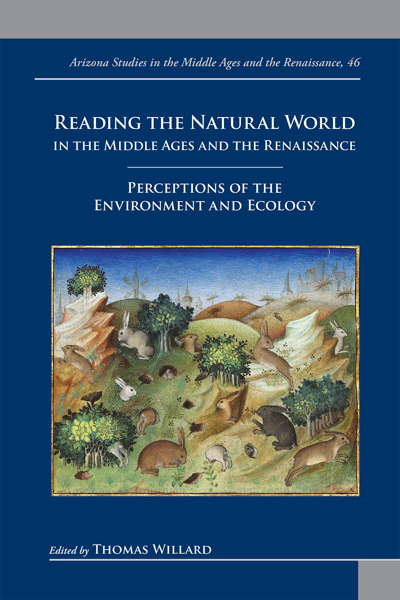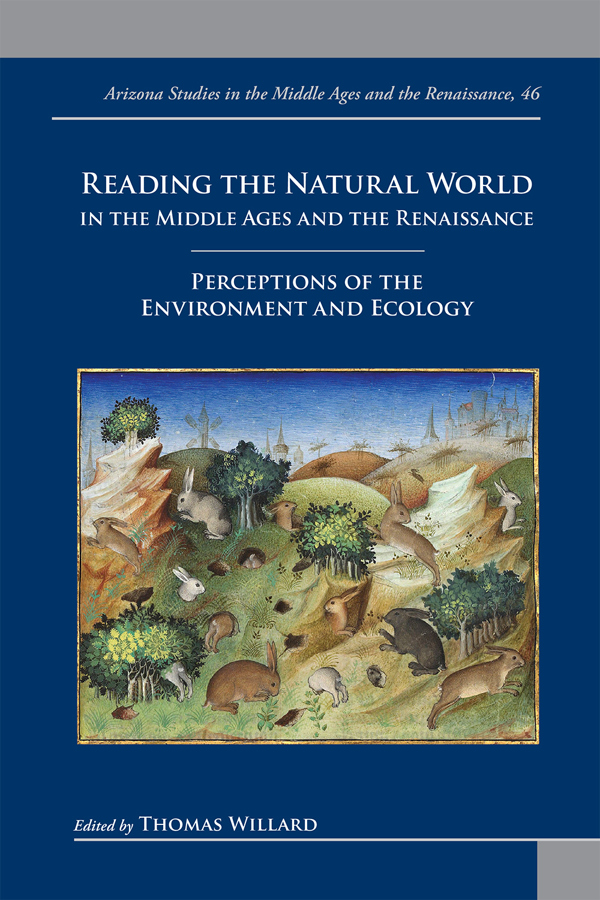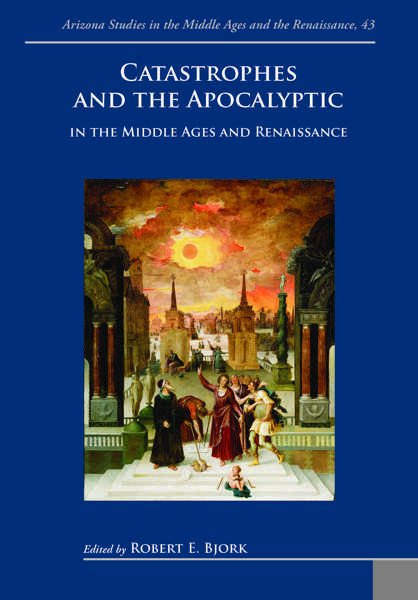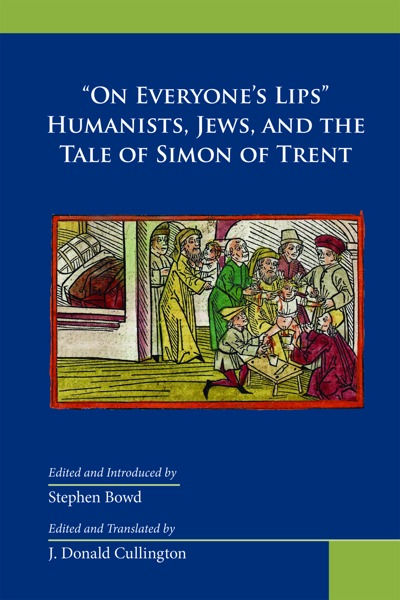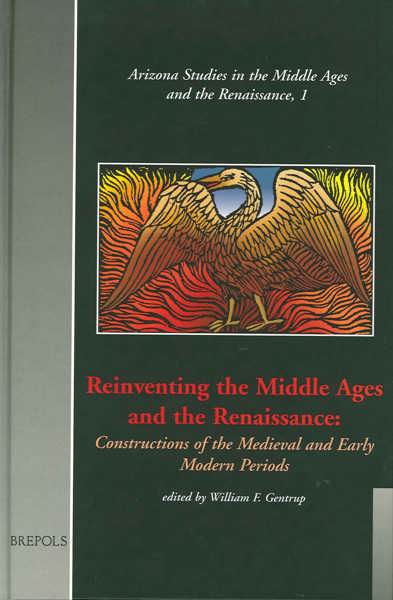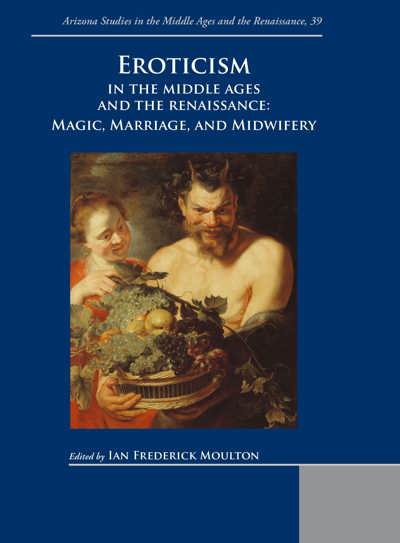
Reading the Natural World in the Middle Ages and the Renaissance
Perceptions of the Environment and Ecology
Thomas Willard (ed)
- Pages: xxi + 232 p.
- Size:156 x 234 mm
- Illustrations:7 b/w, 9 col.
- Language(s):English
- Publication Year:2020
- € 80,00 EXCL. VAT RETAIL PRICE
- ISBN: 978-2-503-59044-8
- Hardback
- Available
- € 80,00 EXCL. VAT RETAIL PRICE
- ISBN: 978-2-503-59045-5
- E-book
- Available
From the late 600s to the early 1600s, medieval and early modern people engaged with nature in ways that shaped their sense of place, religion, literature, art, and more. Contributors to this volume draw from recent trends in ecological thinking to reassess their chosen topics.
Thomas Willard is Professor Emeritus of English and Honors Professor at the University of Arizona. The author of essays on aspects of medieval and early modern history and literature, he is especially interested in the esotericism found in both religious and scientific texts at a time when the two fields were sometimes hard to separate. His publications include an English translation of the alchemical writings of Jean d’Espagne (Garland, 1999).
The environment — together with ecology and other aspects of the way people see their world — has become a major focus of pre-modern studies. The thirteen contributions in this volume discuss topics across the millennium in Europe from the late 600s to the early 1600s. They introduce applications to older texts, art works, and ideas made possible by relatively new fields of discourse such as animal studies, ecotheology, and Material Engagement Theory. From studies of medieval land charters and epics to the canticles sung in churches, the encyclopedic natural histories compiled for the learned, the hunting parks described and illustrated for the aristocracy, chronicles from the New World, classical paintings from the Old World, and the plays of Shakespeare, the authors engage with the human responses to nature in times when it touched their lives more intimately than it does for people today, even though this contact raised concerns that are still very much alive today.
Abbreviations
Introduction: Reading the Book of Nature — THOMAS WILLARD, University of Arizona
Part I: Perspectives
Reading Early Medieval Landscape and Environment: Materially Engaged Approaches to Documentary Sources — MICHAEL BINTLEY, Birkbeck College, University of London
Rivers as Critical Boundaries in Wolfram von Eschenbach’s Parzival and Titurel: Ecocritical Perspectives in Medieval German Literature — ALBRECHT CLASSEN, University of Arizona
Part II: The Medieval World
Feathers and Figuration: Ravens in Old English Literature —TODD PRESTON, Lycoming College
Nature as Worshiper: Reading "The Song of the Three Children" in Daniel and Azarias — EMMA KNOWLES, University of Sydney
The Exemplary Environment of Bartholomeus Anglicus — MICHAEL W. TWOMEY, Ithaca College
Field Notes on the Inferno: Snakes (and Cords) — LORI J. ULTSCH, Hofstra University
Corruption and Redemption: An Ecotheological Reading of Ála Flekks saga —TIFFANY NICOLE WHITE, University of California at Berkeley
Visualizing the Medieval Park: Real Spaces and Imagined Places in Le livre de chasse — REBEKAH L. PRATT-STURGES, Northern Arizona University
Part III: The Early Modern World
Nature as Book and Stage in Gonzalo Fernández de Oviedo’s Chronicles of Nicaragua —SARAH H. BECKJORD, Boston College
Saul and Paul in the Wilderness: Two Religious Landscapes of Pieter Bruegel the Elder — CATHERINE SCHULTZ MCFARLAND, Independent Scholar
"I on my horse, and love on me": Contextualizing the Equestrian Metaphors of Philip Sidney’s Astrophil and Stella — JENNIFER BESS, Goucher College
Shakespeare’s Savage Trees — GRACE TIFFANY, Western Michigan University
How to do Things with Birds: The Radical Politics of Nature’s Speech Acts in Macbeth — SETH SWANNER, Northwestern University
Notes on Contributors
